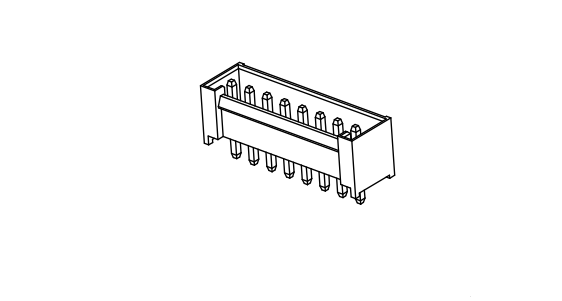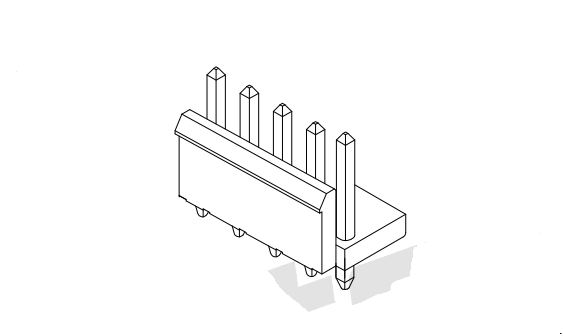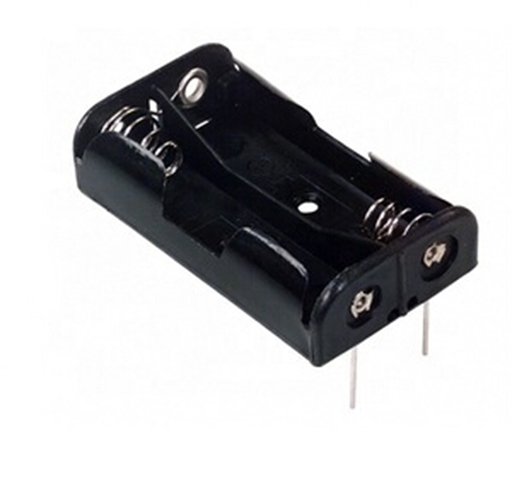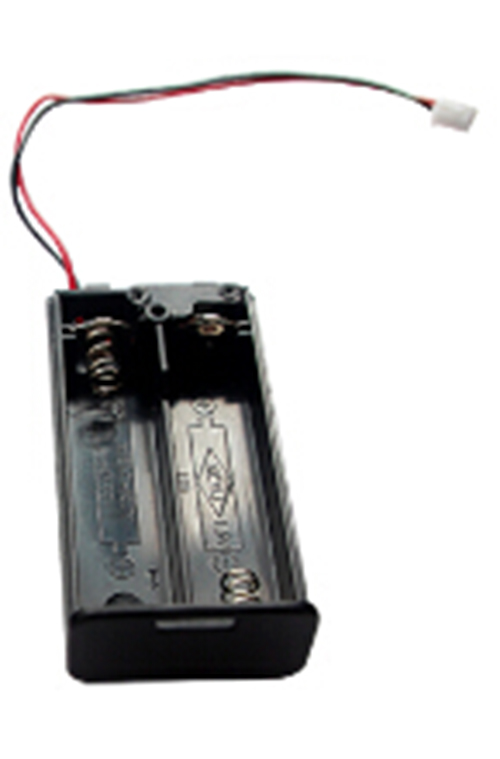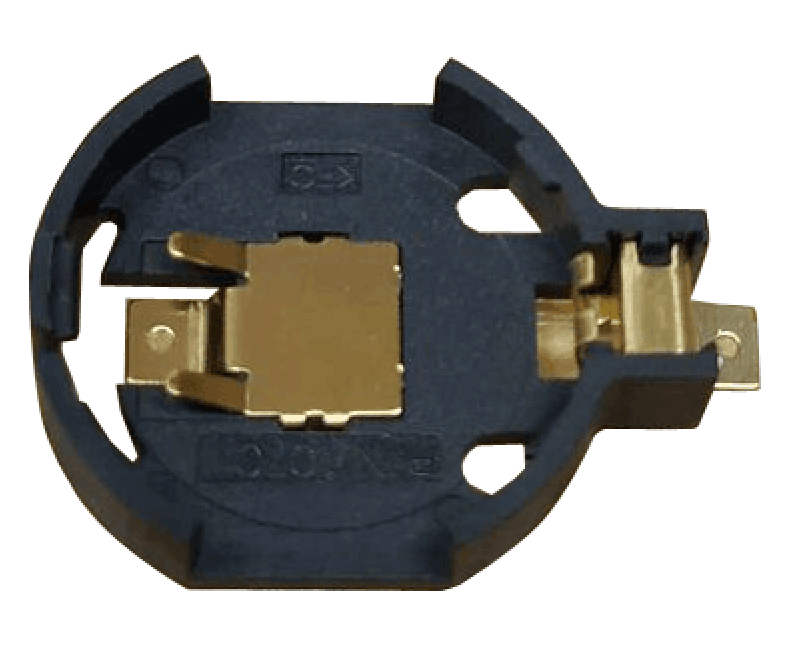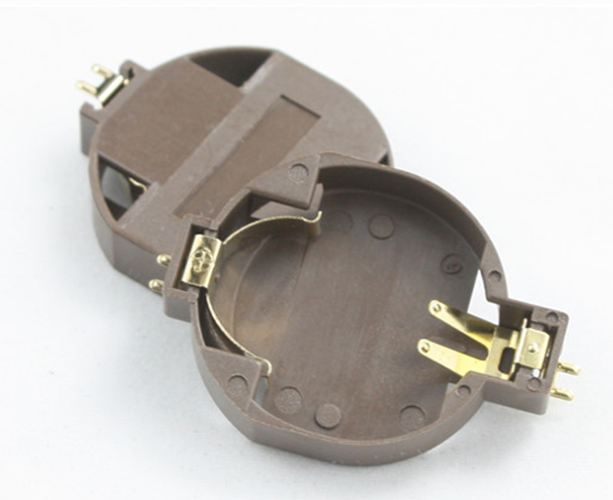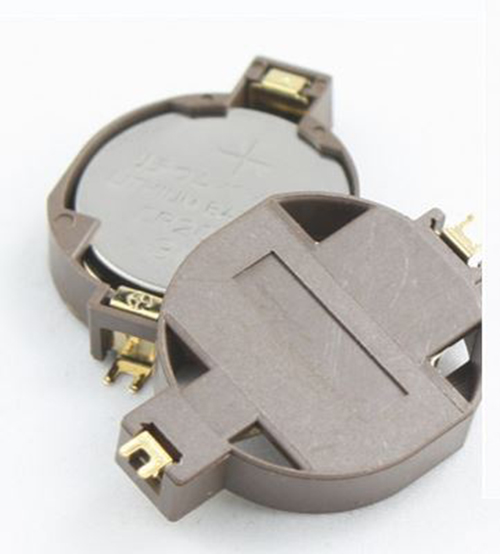Overall, battery connectors are designed to provide a long service life and reliable performance in a wide range of applications. Their durability and reliability make them a preferred choice for powering electronic devices, industrial equipment, automotive systems, and other critical applications where a secure and stable connection is essential. By selecting high-quality connectors that are well-designed, made from durable materials, and manufactured to exacting standards, users can expect to achieve consistent and dependable performance from their electrical systems.
Battery connectors are essential components used to establish a secure and reliable electrical connection between batteries and various electronic devices or circuits. They play a crucial role in ensuring the efficient transfer of electric power from the battery to the device.
The working principle of a battery connector involves the use of conductive materials and a specific design to create a reliable electrical pathway. The connector consists of two main parts: the male connector and the female connector.
The male connector, also known as the plug or pin, features metal pins or blades that serve as the positive and negative terminals. These pins are designed to match the corresponding terminals on the battery. The female connector, also known as the socket or receptacle, contains metal sockets or slots that align with the pins on the male connector.
When connecting a battery to a device, the male connector is inserted into the female connector, ensuring proper alignment of the pins and sockets. As the connectors are joined, the pins make contact with the sockets, establishing an electrical pathway for current flow. The connection is typically secured through features like locking mechanisms or frictional force to prevent accidental disconnection.
The conductive materials used in battery connectors, such as copper or brass, enable the efficient transfer of electric current. These materials offer excellent electrical conductivity, minimizing resistance and voltage drop. This ensures that the power supplied by the battery reaches the device with minimal loss.
Additionally, battery connectors may incorporate additional features to enhance their functionality and reliability. For example, some connectors may have insulation materials or insulating barriers to prevent accidental short circuits or electrical shocks. Others may have strain relief components to protect the connection from mechanical stress and prevent cable damage.
The working of battery connectors is designed to be simple, efficient, and safe. They provide a reliable and secure connection that allows for the transfer of power from the battery to the device or circuit. The proper functioning of the battery connector is crucial for the overall performance and longevity of the electronic system.
In conclusion, battery connectors play a vital role in establishing a reliable electrical connection between batteries and electronic devices. Through the use of conductive materials and a well-designed interface, they ensure the efficient transfer of electric power. The connectors are designed to be secure, durable, and easy to use, making them essential components in a wide range of applications.
6. How to install and use? Installing and using battery connectors is a simple process that requires attention to detail and proper handling. To ensure a successful installation and optimal performance, the following steps should be followed:
Pre-installation preparations:
Ensure that the power source is disconnected and the device is turned off to prevent any accidental electrical shocks or damage.
Inspect the battery connectors for any visible damage, such as bent pins, loose connections, or corrosion. If any issues are detected, replace the connectors with new ones before proceeding.
Verify the compatibility of the connectors with the battery and the device they will be connected to. Make sure the connectors are the correct size and type for a proper fit.
Installation process:
Identify the positive (+) and negative (-) terminals on both the battery and the device. Usually, the positive terminal is indicated by a "+" symbol, while the negative terminal is indicated by a "-" symbol.
Align the male connector (plug or pin) with the female connector (socket or receptacle) and insert the pins into the corresponding sockets. Ensure that the pins are properly aligned before inserting them.
Gently push the connectors together until they are fully engaged. Be careful not to use excessive force, as this can damage the connectors or the terminals.
If the connectors have a locking mechanism, such as a latch or a screw, use it to secure the connection and prevent accidental disconnection. Ensure that the locking mechanism is properly engaged.
Usage considerations:
Avoid applying excessive force when connecting or disconnecting the battery connectors. Excessive force can damage the pins or sockets, leading to poor electrical contact and potential connection failures.
Route the cables and wires appropriately to prevent strain on the connectors. Use cable ties or strain relief components if provided to ensure cable stability and prevent damage to the connectors or cables.
Keep the area around the connectors clean and free from dust, dirt, or any other contaminants. These can interfere with the proper functioning of the connectors and compromise the electrical connection.
Regularly inspect the battery connectors for any signs of loose connections, corrosion, or damage. If any issues are found, promptly replace or repair the connectors to maintain a reliable and secure connection.
Follow the manufacturer's recommendations for specific cleaning and maintenance procedures if applicable. This can help ensure optimal performance and extend the lifespan of the connectors.
By following these installation and usage guidelines, battery connectors can be installed and used effectively, providing a reliable and secure electrical connection. Always prioritize safety and attention to detail when handling battery connectors to avoid any potential issues or failures.
The main products are board to board connector,
Wire To Board Connector, wire to wire connector ,
Pin Header ,female header,
Box Header,latch eject header, Din416 12,machined header and
IC Socket,
Idc Connector,D-SUB,RJ45,SCSI,IEEE 1394 ,
Battery Holder battery contact,Battery Connector ,automobile connector and OBD connector, and a variety of terminal machine internal wire and computer peripheral wire and other products, the company's products are in line with the European Union ROHS and REACH environmental protection requirements, most of the products are UL certificated, our certification number is E472792.We have been IS09001 and ISO14001 certified.
The main products are board to board connector, Wire To Board Connector, wire to wire connector ,Pin Header ,female header,Box Header,latch eject header, Din416 12,machined header and IC Socket,Idc Connector,D-SUB,RJ45,SCSI,IEEE 1394 ,Battery Holder battery contact,Battery Connector ,automobile connector and OBD connector, and a variety of terminal machine internal wire and computer peripheral wire and other products, the company's products are in line with the European Union ROHS and REACH environmental protection requirements, most of the products are UL certificated, our certification number is E472792.We have been IS09001 and ISO14001 certified.

